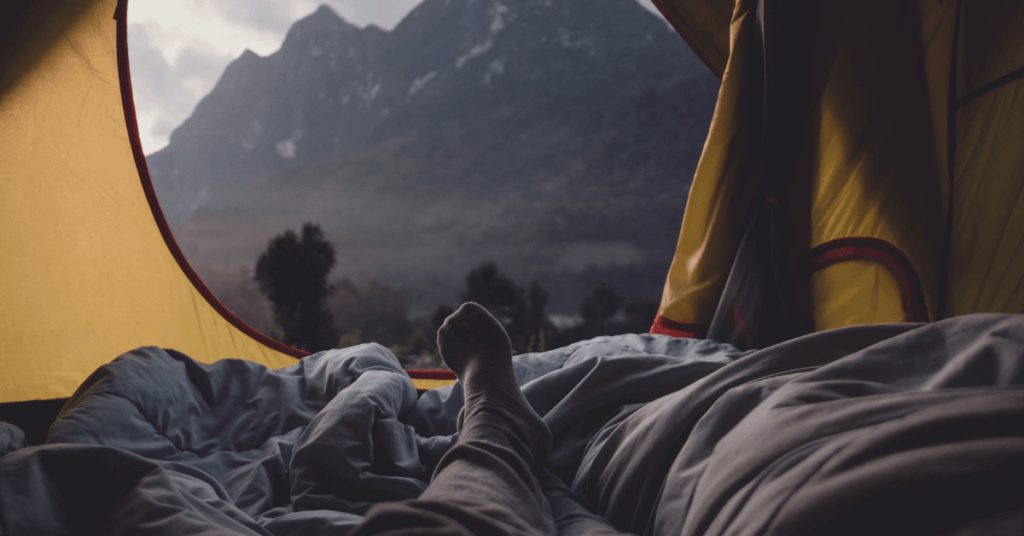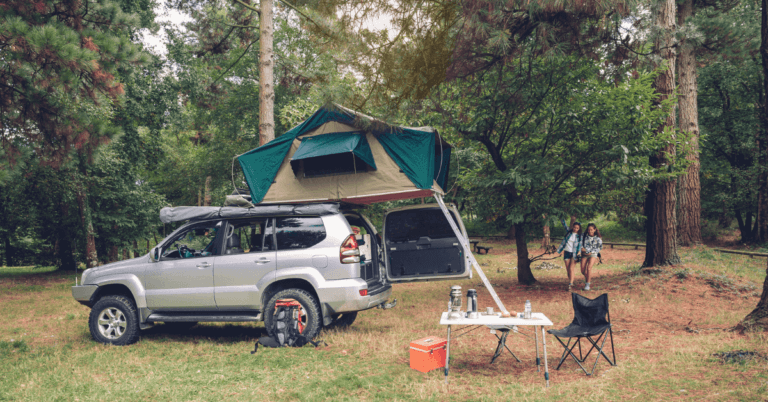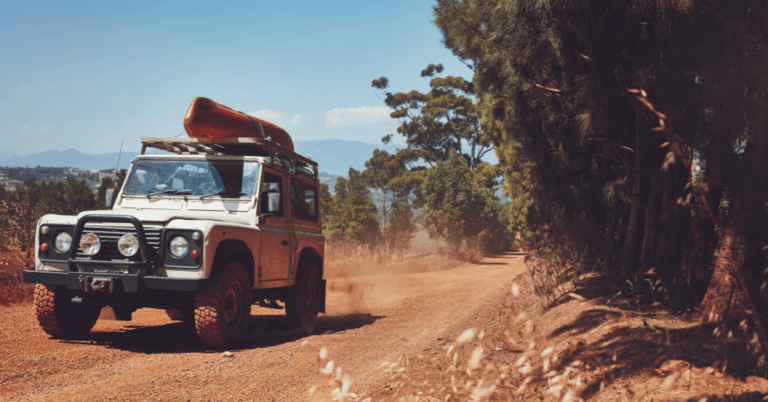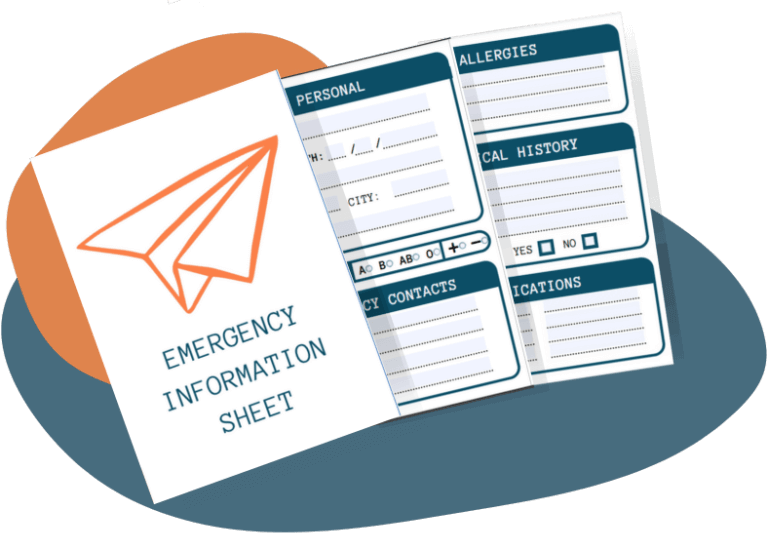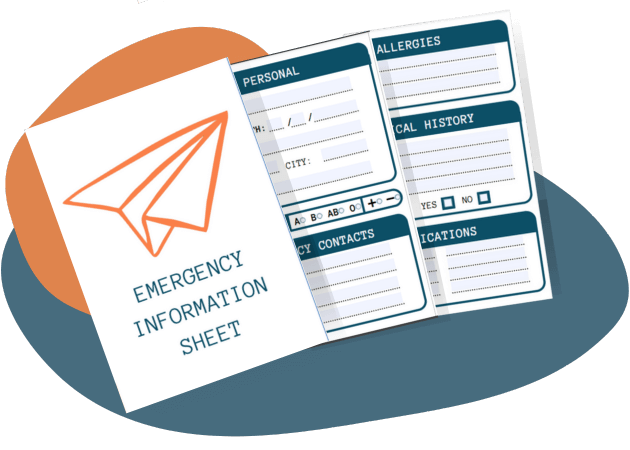Every camper’s ultimate goal is finding the perfect camping spot. Whether you’re new to camping or a seasoned pro, finding the ideal backdrop for your outdoor adventure can take time and effort.
After years of traveling, we’ve collected eight of our best tips for finding the perfect camping spot. Let’s get started!
Check Regulations
The first thing to do when looking for a camping spot is check the local regulations on (wild) camping. Knowing camping permits, campfire bans, wildlife protection, and camping duration limits is essential to avoid any run-ins with the authorities.
Avoid High-Traffic Areas
This one might be obvious but do not set up camp close to a busy road or a parking lot. Camping overnight is usually not allowed here, and the noise of cars driving by or people passing will surely wake you up.
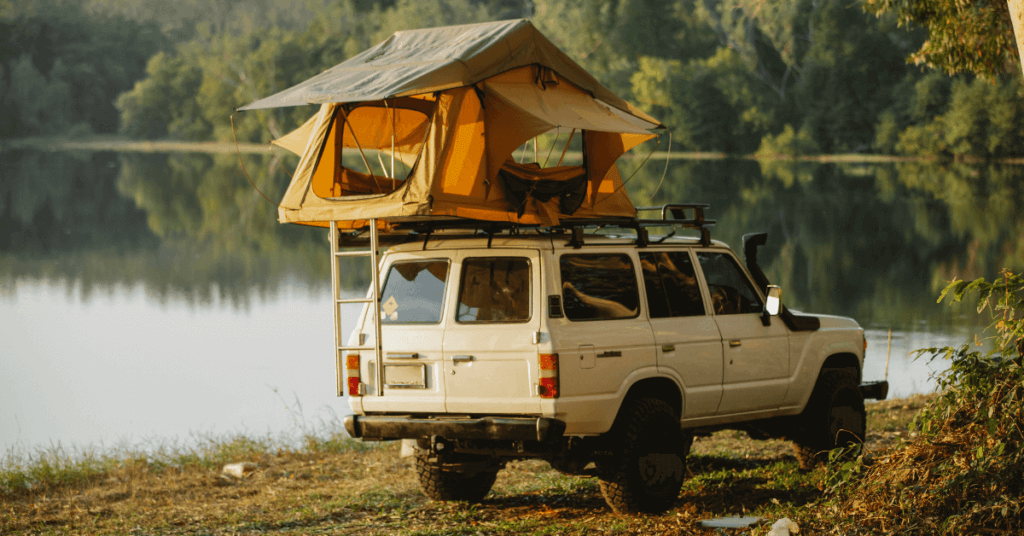
Check The Weather
The main things you want to look out for are rain, wind, and storms. The top of a mountain may make you feel like you’re on top of the world, but if it’s windy, you will get little sleep on your rooftop tent.
Additionally, if the forecast predicts lots of rain, camping on a solid surface may be more advisable than grass, which can quickly turn into mud, which you might get stuck in if you’re not driving a 4WD vehicle.
Unfortunately, the weather can also be too good. Every summer, multiple wildfires destroy acres of fauna and flora worldwide. For your safety, check the wildfire alerts on the map for your region or sign up for the rapid-fire alert by NASA’s Fire Information for Resource Management System.

If the weather has been scorching and dry, avoid parking on a dried-up river bed. As soon as it does start raining, the water will naturally flow to the exact spot you’re camping, which can cause flooding.
Level Ground
A level campground will ensure that cooking, sitting, and sleeping in your camper will be comfortable. If you can’t find a level camping spot, you can always bring some levellers on your trip to eliminate this problem.
Wildlife
Knowing which wildlife you can spot in the region will not only help you identify which animals you might be able to spot around you, but it can also help you take preventive measures to stay safe during your camping adventure. For example, you only want to camp in bear territory if you can take the proper precautions to keep yourself safe.
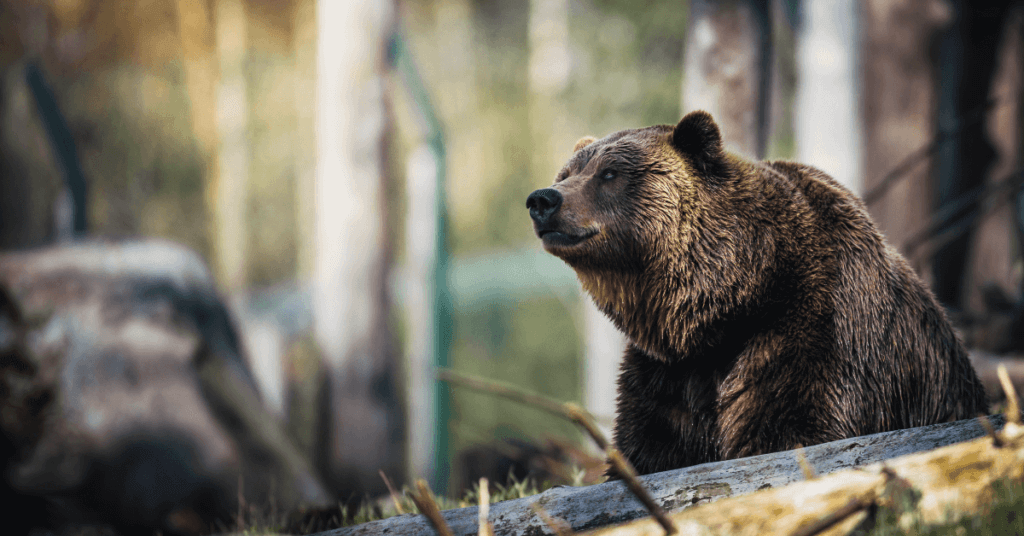
Camping Apps
Sometimes, you don’t have to reinvent the wheel. An easy way to find great camping sites is by looking up spots where other campers have previously stayed. Multiple camping apps are available to help you locate and choose the best camping spot in your proximity, but if you need a little help deciding which one to choose, check out “THE BEST CAMPING APP FOR OVERLANDING: IOverlander VS. Park4Night”.
Ask The Locals
Introverts beware—there’s always the good old-fashioned way to try finding a lovely campsite. Since no one knows the region better than the people living there, ask the locals for camping spot recommendations and hidden gems. They might even be able to connect you with local farmers on whose land you might be allowed to camp. You never know what lovely connections you’ll build by doing this, so we highly recommend trying it.
Look Around
Arguably, the best yet most straightforward tip on this list is to keep your eyes open! We’ve found some of our best camping spots by simply roaming around, following interesting-looking paths, taking interesting-looking roads, and inspecting the nearby area. That beautiful camping spot might be right around the corner, so put on your adventure hat and start exploring.

We hope these tips help you find the perfect camping spot for your next adventure. Whether you’re staying at a local campsite or have found a hidden gem, respect the environment. Doing so won’t just allow future campers to enjoy the area, but it will also help conserve nature.
Want to know more about responsible camping? Check out the seven Leave No Trace principles.
Hope to see you on the road,
Planet Doe
![]()


